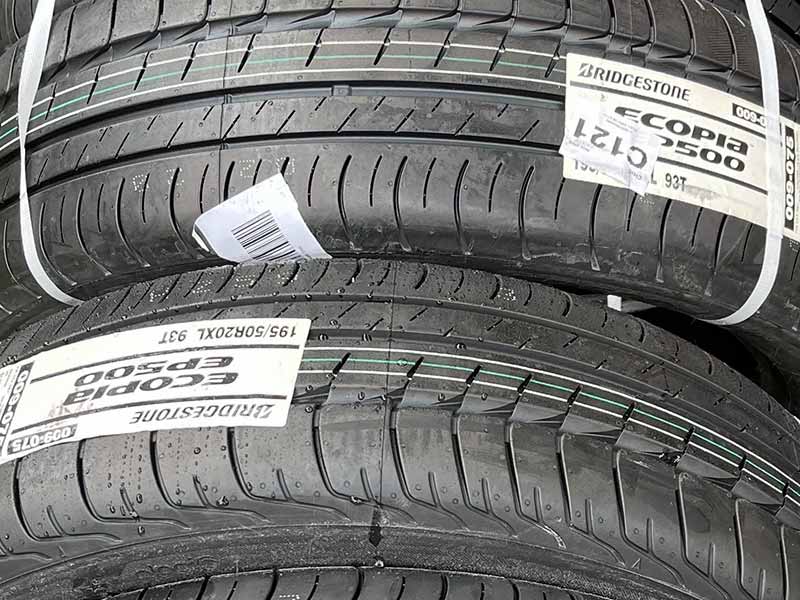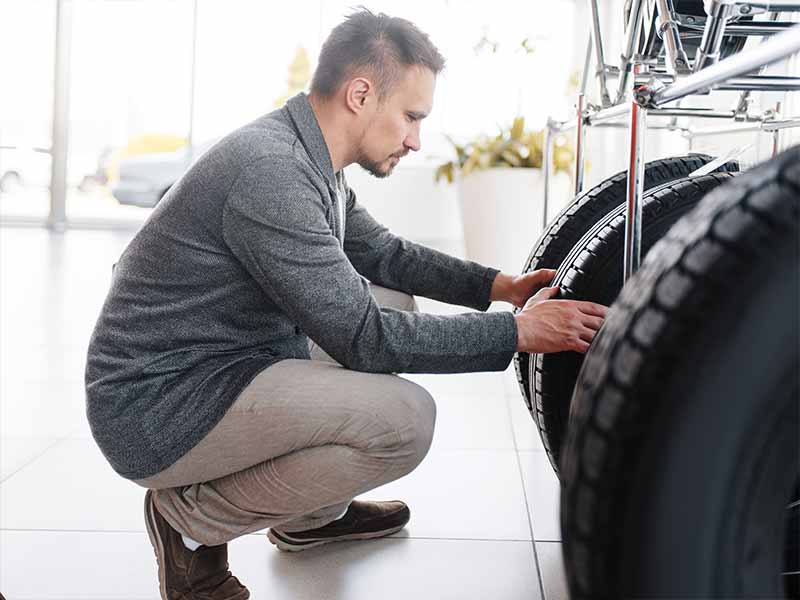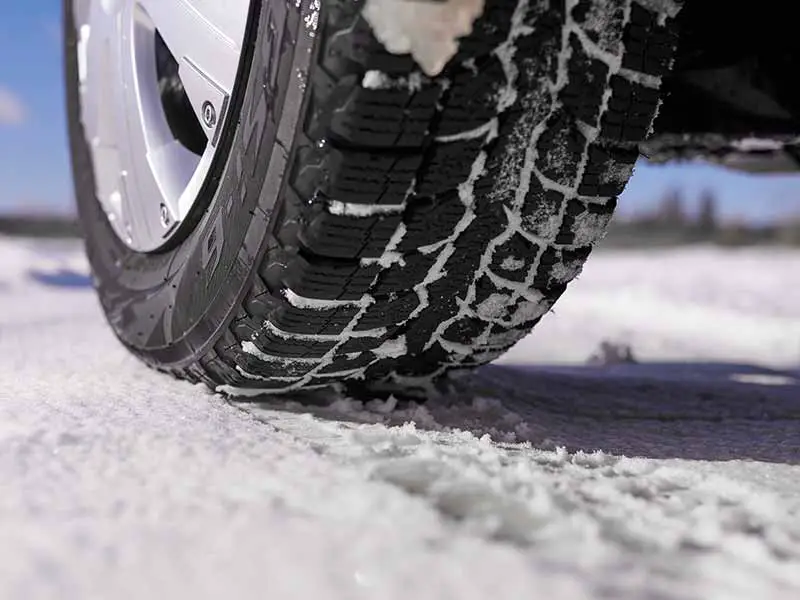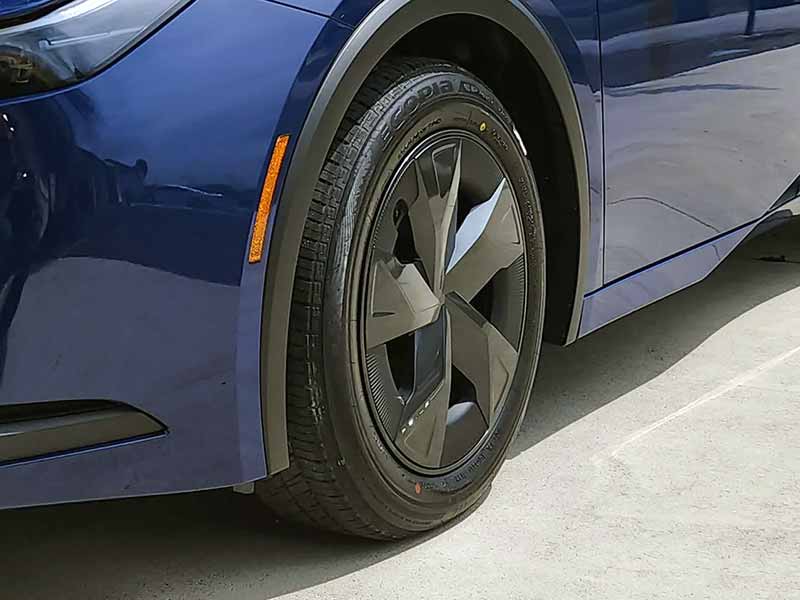Have you ever considered the impact of your tires on your electric vehicle’s performance and efficiency? Choosing the right tires is crucial, but it’s not just about the brand or the price. It’s about understanding how something as simple as tire choice can profoundly affect your driving experience.
Low Rolling Resistance Tires Disadvantages
Low rolling resistance tires, designed for electric vehicles, enhance fuel efficiency and often provide a quieter ride. However, they come with several disadvantages:
- Reduced traction and handling, especially in wet conditions
- Potentially shorter lifespan compared to standard tires
- Firmer ride quality, affecting comfort on uneven surfaces
- Limited variety and availability in the market for different vehicle types
- Performance variations in extreme weather conditions, such as cold or hot climates
In this article, we will explore the disadvantages of low rolling resistance tires for electric vehicles, covering aspects like traction and handling, durability, ride comfort, noise levels, cost implications, performance in extreme weather conditions, and the current limitations in terms of options and availability.

Compromised Traction and Handling
When it comes to low rolling resistance tires for electric vehicles (EVs), the primary goal is to maximize efficiency. But sometimes, this efficiency comes with a trade-off, especially in the realms of traction and handling. Let’s dive into what this means for you as an EV owner.
Understanding the Trade-off
- Fuel Efficiency vs. Grip: The core design of low rolling resistance tires is aimed at reducing the energy your car needs to move forward. This is great for your EV’s battery life but can sometimes mean less grip on the road.
- Impact on Wet and Dry Traction:
- In dry conditions, these tires may perform adequately, but the real test comes under wet conditions. Here, the reduced grip can lead to longer stopping distances and less responsive handling.
- This is particularly crucial to consider if you live in an area with frequent rain or slick road conditions.
- Handling and Safety: The handling of your EV can feel different with these tires. The steering might be less sharp, and the car might not feel as planted during quick maneuvers. This doesn’t mean your EV is unsafe, but it’s something to be mindful of, especially if you’re transitioning from a vehicle with standard tires.
Practical Tips for EV Drivers
- Regular Tire Checks: More than ever, keeping an eye on your tire tread and pressure is vital. Proper maintenance can help mitigate some of the traction issues.
- Driving Style Adjustments: Being aware of the limitations can help you adjust your driving style accordingly. This might mean allowing extra stopping distance in wet conditions or being more cautious during high-speed turns.
- Consider Your Climate: If you live in an area with a lot of rain or rapidly changing weather, you might want to weigh these factors more heavily in your tire choice.
Durability Concerns
When opting for low rolling resistance tires on your electric vehicle, it’s essential to consider their lifespan compared to standard tires. Durability is a critical factor for any car owner, and with EVs, it’s no different. Let’s explore what sets these tires apart in terms of wear and tear.
Factors Affecting Tire Longevity
- Material Composition: These tires are often made from a harder compound to reduce resistance. While this aids in efficiency, it can also mean they wear down differently compared to softer compounds used in standard tires.
- Tread Design: The tread patterns are optimized for reducing drag, but this optimization can lead to uneven wear patterns over time, especially if not regularly rotated and maintained.
Understanding the Impact
- Faster Wear: In some cases, low rolling resistance tires might not last as long as their standard counterparts. This isn’t a universal rule, but it’s a trend noticed by several users and automotive experts.
- Cost vs. Lifespan: While these tires can save you money on fuel (or in an EV’s case, electricity), the potential for faster wear can offset these savings. It’s a balancing act between efficiency gains and replacement costs.

Ride Comfort
The comfort of your drive is a key consideration when choosing tires for your electric vehicle. Low rolling resistance tires, while efficient, can sometimes lead to a firmer ride. Let’s unpack what this means for you and your passengers.
The Comfort Compromise
- Firmer Ride Quality: Due to their harder compound and design aimed at reducing rolling resistance, these tires can result in a firmer, sometimes less comfortable ride. This is especially noticeable on rough or uneven road surfaces.
- Impact on Suspension Feel: The stiffness of these tires can transmit more road vibrations and bumps through the vehicle’s suspension into the cabin. This can be a significant change if you’re used to tires that offer a plushier ride.
Real-World Implications
- Long Drives and Road Trips: If you frequently go on long drives or road trips, the difference in comfort can become more pronounced over time. The continuous exposure to a firmer ride might lead to a less enjoyable driving experience.
- Urban vs. Rural Driving: The impact on ride comfort can vary depending on where you drive. In urban areas with well-maintained roads, the difference might be negligible. However, in rural areas with rougher road conditions, the firmer ride can be more evident.
Tips for Balancing Comfort and Efficiency
- Test Drive Different Tires: If possible, test driving an EV with low rolling resistance tires can give you a better sense of the ride quality you can expect.
- Consult Tire Reviews and Ratings: Look for reviews and ratings that specifically address comfort. This can provide valuable insights into how different tire models perform in real-world conditions.
- Adjust Tire Pressure: Sometimes, slightly adjusting tire pressure within the recommended range can help find a balance between efficiency and comfort.

Cost Considerations
While low rolling resistance tires are celebrated for their efficiency, it’s crucial to weigh their cost against potential savings. This part of your decision isn’t just about the upfront price but also involves considering the long-term financial implications.
Initial Purchase Price vs. Long-Term Savings
- Higher Upfront Cost: Generally, these tires can be more expensive than standard tires. This is due to the specialized materials and technology used to reduce rolling resistance.
- Fuel (Electricity) Savings: The primary selling point of these tires is their ability to save fuel – in the case of EVs, electricity. Over time, this efficiency can translate into noticeable savings on your energy bills.
Evaluating the Financial Trade-offs
- Tire Lifespan: As we discussed earlier, these tires might have a shorter lifespan, which could mean replacing them more frequently. This needs to be balanced against the savings in energy consumption.
- Resale Value: Sometimes, having high-efficiency tires can be a selling point if you plan to resell your EV. It can add to the vehicle’s overall eco-friendly appeal.
Practical Financial Tips
- Calculate Total Cost of Ownership: Consider both the initial cost and the expected lifespan of the tires. This will give you a clearer picture of the total cost of ownership.
- Energy Savings Estimation: Try to estimate how much you might save on electricity with these tires. Compare this with the additional cost and shorter lifespan to see if the investment makes sense for you.
- Look for Deals and Rebates: Keep an eye out for promotions, deals, or rebates on these tires. Sometimes manufacturers offer incentives that can make them more affordable.

Performance in Extreme Weather Conditions
Choosing the right tires for your electric vehicle also means considering how they perform in various weather conditions. Low rolling resistance tires have unique characteristics that can affect their performance, especially in extreme cold or heat.
Understanding Weather-Related Performance
- Challenges in Cold Weather: In colder climates, the harder compound of low rolling resistance tires can become less flexible, potentially reducing traction. This is crucial to consider for winter driving.
- Heat Tolerance: Conversely, in very hot weather, the efficiency gains might be offset by increased wear due to higher road temperatures, which can affect the tire’s longevity and performance.
Real-World Implications
- Traction in Snow and Ice: If you live in an area with heavy snowfall or icy conditions, these tires might not offer the same level of grip as winter-specific tires, which could affect safety and handling.
- Wet Road Performance: Rainy conditions can also pose challenges. The design of these tires, while efficient, might not displace water as effectively as some all-weather or rain-specific tires.
Tips for Adapting to Weather Conditions
- Seasonal Tire Change: Consider switching to winter tires if you live in an area with severe winter weather. This can significantly improve safety and performance.
- Regular Inspection: Extreme temperatures can affect tire pressure. Regularly check and adjust the pressure according to the manufacturer’s recommendations.
- Driving Style Adaptation: In extreme weather, adjusting your driving style to be more cautious can help mitigate some of the performance limitations of these tires.

Limited Options and Availability
When shopping for tires for your electric vehicle, you might find that the range of options for low rolling resistance tires is somewhat limited. This can impact your ability to find the perfect tire to match your vehicle’s needs and your driving preferences.
Navigating the Limited Selection
- Variety Constraints: Currently, the market for low rolling resistance tires doesn’t offer as wide a variety as standard tires. This can be a challenge if you’re looking for specific features, sizes, or brands.
- Fitment for Different Vehicle Types: Not all EVs have the same tire requirements. The limited range can be particularly challenging for owners of less common EV models or those with unique tire size requirements.
Understanding the Market Dynamics
- Evolving Industry: As the EV market grows, tire manufacturers are gradually expanding their offerings. However, this expansion hasn’t fully caught up with the diverse needs of all EV owners.
- Specialized Nature of Tires: The specific requirements for low rolling resistance tires, like the need for certain materials and tread patterns, contribute to the fewer choices available.
Tips for Finding the Right Tires
- Research and Compare: Spend time researching available options and comparing them against your vehicle’s requirements and your driving habits.
- Consult with Experts: Tire dealers and automotive specialists can offer advice on the best available options for your specific EV model.
- Stay Informed About New Releases: The tire market is continuously evolving. Keep an eye out for new product releases that might better meet your needs.
Resources
Below are some links you may find helpful when learning about tires:
- What is tire rolling resistance, and why does it matter – Tire Agent
- What you need to know about low rolling resistance tires – Edmunds
Final Thoughts
While low rolling resistance tires offer the advantage of improved fuel efficiency, they come with trade-offs in areas like traction, durability, and comfort.
The current market offers limited options, and these tires can perform differently in extreme weather conditions. It’s essential to weigh these factors against your specific driving needs and conditions.
Good luck and happy motoring.





